5 Reasons to Walk the Camí dels Bons Homes
Sponsored
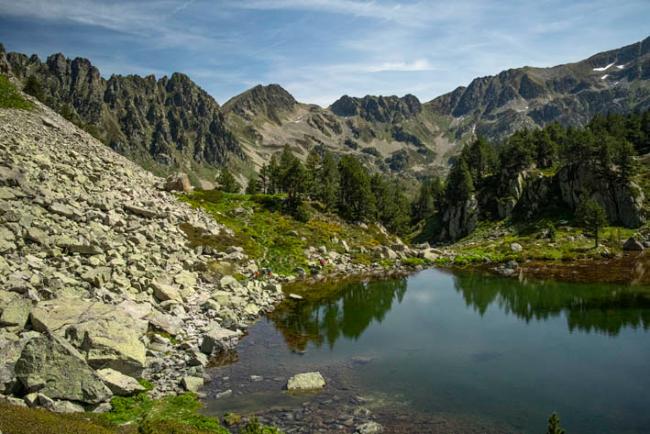
The Camí dels Bons Homes (also known as the GR107 or Le Chemin des Bonshommes) is a 237km trail over the Pyrenees, from Foix in southern France to Berga in Spain. Although the route isn’t as well known as other Pyrenean long-distance trails, it boasts spectacular mountain scenery, is steeped in Cathar history, and offers the opportunity to enjoy both French and Catalan cuisine and warm hospitality.
Ideal for hikers with a good level of fitness, it takes ten to 12 days to complete, and is best enjoyed from April to November. Here are five reasons to walk the trail.
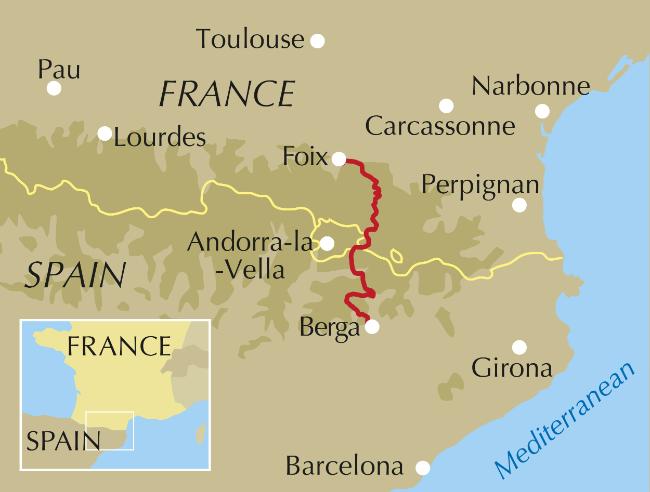
A map of the Camí dels Bons Homes
1. Walk with ease and a level of luxury
The trail is unspoilt and uncrowded, but still has all the necessary amenities. Convenient travel connections to the start and end points, along with luggage transfer services, make this journey ideal for walkers who prefer carrying a daypack and sleeping in a comfortable bed each night. Each stage finishes in a village or town with accommodation. In France, there are many gîtes, auberges, and family-run chambres d’hôtes, while in Catalonia, there are towns with even more accommodation options. As it’s a GR route, it is also well waymarked with red and white stripes for easy navigation.
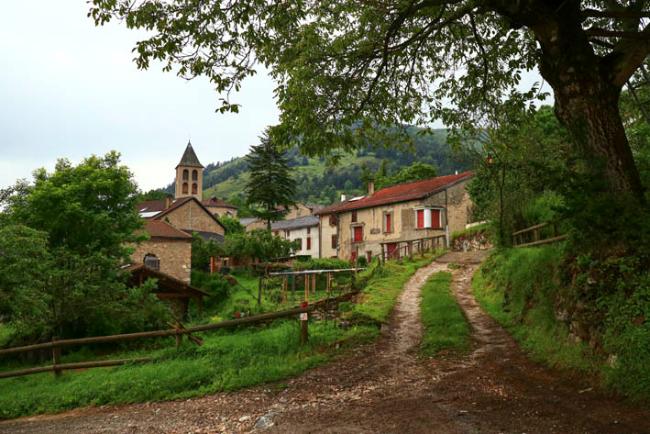
Approaching the small village of Prades, about an hour from Comus
2. Follow in the Cathars’ footsteps
The trail connects towns and follows paths that the Cathars might have taken when fleeing to Catalonia during the 13th and 14th centuries. The Cathars, a religious sect from 12th-century southern France, held beliefs diverging from mainstream Catholicism. Despite being labelled heretics by the Catholic Church, they were often recognised for their moral lives, characterised by asceticism and spiritual purity, and referred to as ‘bons homes’ (good men). Persecuted for challenging orthodox teachings, they were excommunicated and forced into exile, hence the trail’s name: ‘Way of the Good Men’.
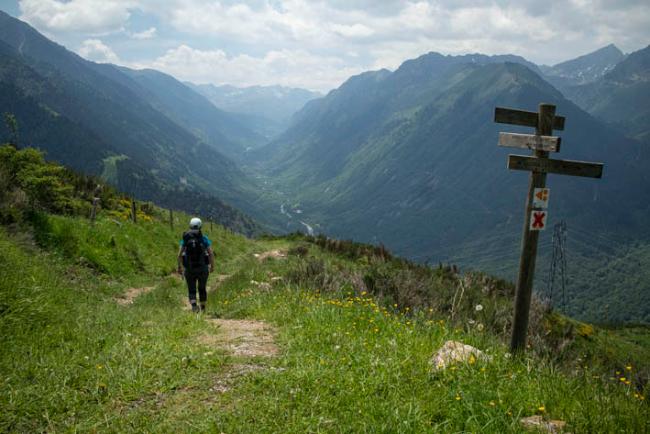
Following the path between Orlu and Mérens-les-Vals
3. Discover gastronomic food and warm hospitality
You’ll discover a delightful blend of French and Catalan cuisine along the trail, reflecting the region’s diverse culinary heritage, which has both Mediterranean and Arab influences. While historical accounts suggest Arab settlers influenced Berga’s cuisine in the 8th century, the culinary landscape is shaped by a variety of factors beyond this, including local produce, cultural exchanges, and historical traditions. Expect mouth-watering dishes featuring fresh fish, vibrant vegetables, aromatic spices, fusion creations, savoury meats with flavourful sauces, and, of course, excellent wine, all served with warm hospitality that’s characteristic of the area.
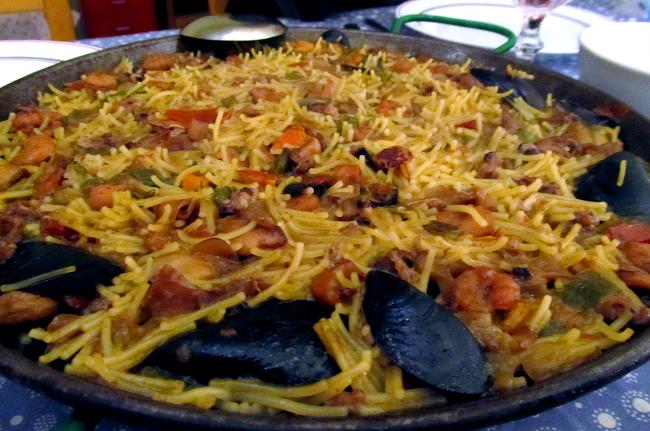
Fideuà is the Catalan version of paella_image copyright Nostrix
4. Marvel at the unique scenery
Crossing the mountains that form the natural border between France and Spain, the trail offers rugged peaks, alpine meadows, and panoramic views of magnificent mountains. You’ll witness the stunning beauty of the Parc Natural del Cadí-Moixeró and the iconic Pedraforca, one of Catalonia’s most climbed mountains with its twin peaks. The limestone terrain supports many alpine plants, and the meadows are home to various species of lilies. In summer, alpine flowers bloom on the slopes, and from late May, delicate orchids can be spotted. The captivating landscape also includes historic castle ruins and tranquil hamlets.
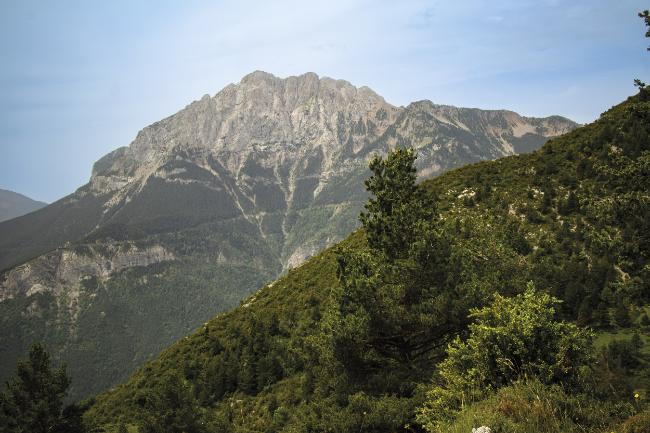
The north side of Pedraforca from the gravel track above the cliffs of Gresolet
5. See the many highlights of the region
The iconic sites reflect the rich history of the Cathar region. Perched atop a cliff, the Cathar Castle at Roquefixade offers a glimpse into the past, when it offered refuge to those who stuck to their beliefs. Nearby, Montségur Castle’s rugged ruins tell a sombre tale of persecution, with legends hinting at a hidden treasure that has inspired several conspiracy theories and fictional works. Further afield lies Bellver de Cerdanya, a quaint walled town with narrow cobbled streets. Here, the fortress, once a key player in medieval control, now offers a glimpse into history with its market square, Gothic church, and remnants of past conflicts. In Bagà, ancient streets lined with Romanesque architecture lead to a vibrant medieval market in the summer. The 10th-century Pinós Palace is now home to the Cathar and Medieval Centre.
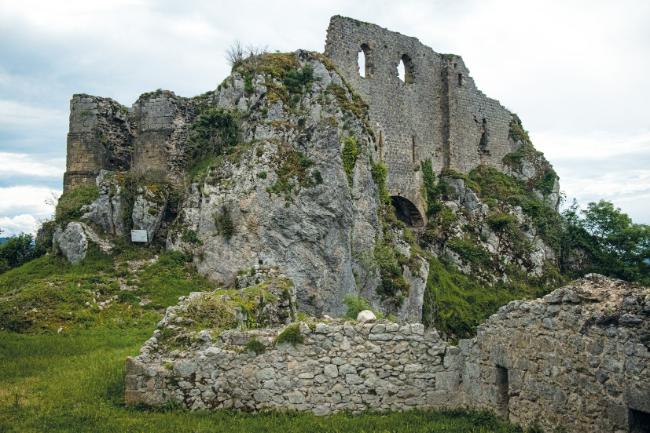
The ruins of Château de Roquefixade
Inspired to hike the trail?
The Cicerone guidebook includes information about facilities and accommodation listings, allowing you to tailor your own schedule along the route. For further information and updates, visit the CamiDBH association website, the official authority for the trail.
Win a copy: Win a Camí dels Bons Homes Cicerone Guidebook
For over 50 years, Cicerone Press has been your go-to guide for exploring the great outdoors. It is the leading publisher of guidebooks for walkers, trekkers, climbers and cyclists, covering destinations in Britain, Europe, and beyond. You’ll find more inspiring articles and the full range of guidebooks on the Cicerone website.
Lead photo credit : Looking back at the rugged mountain peaks towering above the Nabre river valley from L’Estagnas
Share to: Facebook Twitter LinkedIn Email
More in Guidebooks, hiking, Walking guides
Leave a reply
Your email address will not be published. Required fields are marked *


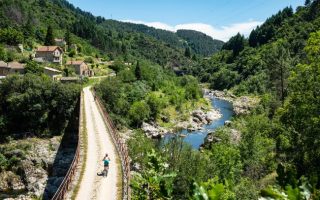

REPLY